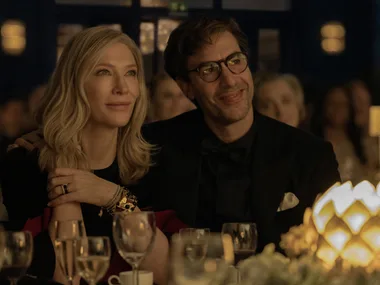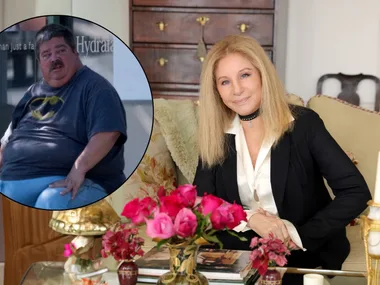My flatmate bored us all to tears about being intolerant to gluten, so I set out to prove it wasn’t true.
My flatmate Megan decided, at the age of 27, that she was gluten intolerant. Just like that. She simply woke up one day and pronounced to the world that she couldn’t eat gluten. No doctors were involved in the process at all! Yet it was worse than that — she wanted everyone else in the world to know it too. It drove me insane!
I would have dinner parties, or friends around for coffee, and as soon as I brought out the bread or biscuits, Megan would start banging on about her “condition”. Not only did it bore the tears out of my visitors, but it quickly escalated to outright guilt trips, in which she would try to make my friends feel guilty about eating wheat products in front of her. Within a few months, it was nearly impossible to have friends over at my house — and Megan even started suggesting that she would begin throwing out any gluten products that I brought home.
Knowing that she was clearly imbalanced, I nevertheless felt pretty angry the day I came home to find she had done just that: all my breakfast cereals, bread and spaghetti, cast out to the garbage. As a student, that food was my staple. When I asked Megan to reimburse me, she curtly informed me that I’d had long enough to accept that it wasn’t fair to be eating gluten in front of her. Now, it seemed, she was giving me no choice. I decided to accept her new, enforced rules, on the surface at least. But I began scheming to teach her the biggest lesson of all time!
I began buying gluten free, which I hated, but secretly stockpiled gluten-containing products under my bed. Every time I cooked, I’d add real flour to the gluten free, throw in some real pasta with the rice stuff — basically, everything I cooked contained gluten. And everything I cooked, I shared with Megan, who happily ate my food, “knowing” that my cupboards were free from wheat products.
But this wasn’t even my real revenge. It was only the beginning.
Some weeks later, I organised a camping trip away with Megan and all my friends. I cooked and baked for several days in the lead up to the event, and bought loads of sausages — switching the labels while I was still in the supermarket, so that it looked like they were gluten free. They were not! My friends were all in on it and, after months of hearing about Megan’s supposed allergy over and over again, they were happy to go along with the trick.
We spent a lovely few days listening to Megan go on and on about her body’s supposed intolerance to gluten, as she wolfed down more than her share of cookies, cake, damper and sausages — all loaded with the forbidden substance. For a moment, I worried that she would indeed end up getting sick. But as the days wore on, she didn’t show one symptom. And she constantly reminded us what those symptoms were!
By the end of the trip, we were all so tired of hearing about them, that it became too much. My sister, Lucy, finally snapped.
“There’s gluten in everything!” she yelled. “You’ve been eating it for the last four days! You’re a liar!”
I felt no shame in the truth being revealed, but I also knew I still had to live with Megan. I couldn’t afford to pay the rent on my own! As Megan wallowed in embarrassment in the car, waiting for us to leave, I managed to convince some of the boys to take the blame for the sabotage; that they had swapped my careful, gluten-free cooking. Megan was furious, but at least she came home with me.
The other upside was that, instead of boring everyone with her intolerance stories when my friends came around, she made herself scarce instead. I was soon able to have dinner parties once again!
As for the cooking, well, it continued pretty much as before. Megan still clearly believed that she was gluten intolerant, and still liked to remind me of it fairly regularly. And every time she did, I simply smiled, and added a few cups of flour to the gluten-free cake I was baking!
Picture: Getty Images.
Your say: Have your say about this true confession below…
Newsletter conversion description. Get the latest in your inbox.
















































.jpg?resize=380%2C285)








